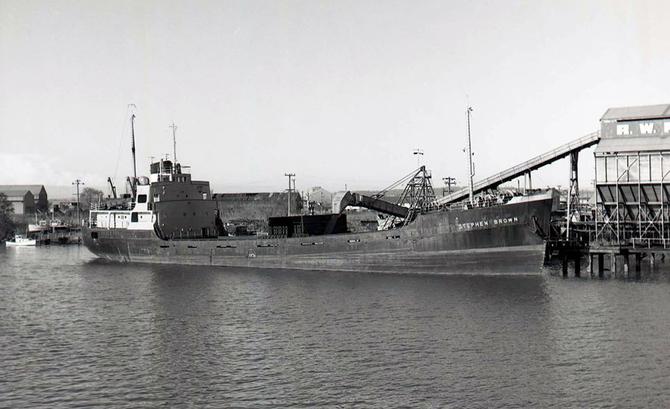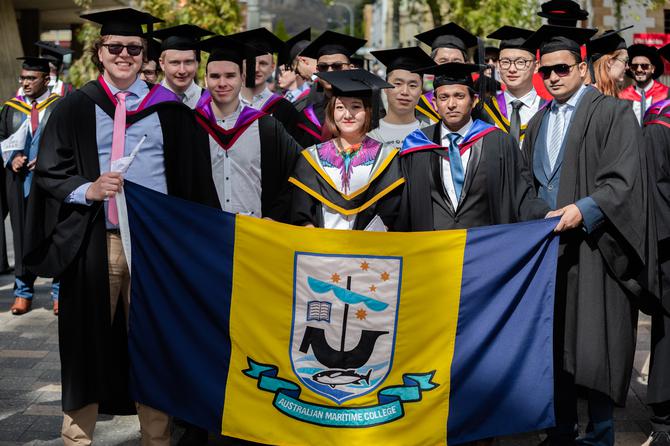40 years ago, the Australian Maritime College officially opened at Beauty Point to provide maritime education and training for Australia’s merchant navy and fishing industry. The opening was the culmination of two decades of work by people who were convinced that Australia needed a centralised, modern institution to provide such training.
The 1960s were a time of technological advancement in the shipping industry. Increasing automation and port development along with improved vessel design meant a considerable change in seafarers’ workloads. Maritime industries in the US and the UK were quick to adapt to the changes but Australia began to fall behind, especially in the emerging area of short specialist courses. By the early 1970s people were finally taking the need for improved maritime training in Australia seriously.

The Maritime College Act was passed in 1978 establishing the AMC as an autonomous tertiary institution, fully funded by the Commonwealth Government to provide maritime education and training for the whole country.
By March 1978, work was well underway on the College. Captain Dan Waters had been appointed foundation principal and plans were progressing for building construction and the purchase of a training vessel. The AMC council met officially for the first time late in the year with Tom Swanson at the helm. At the beginning of 1979, senior academic staff began arriving in Launceston with their families to take up their new positions and begin constructing courses and syllabi.
The main building at the Newnham campus, the Swanson Building, was completed for the start of the 1981 school year. That year the College’s first 115 students could choose between the following courses: Diploma of Applied Science (Nautical Science), Diploma of Engineering (Marine), Certificate of Technology in Fisheries Operations, or Associate Diploma in Radio Communications. Many of the first graduates are still working in the maritime industry.
For the first few years AMC was very much a seafarer training college. Most of the students taking diploma courses were cadets from shipping companies. In the tradition of British colleges, cadets were required to wear a uniform, start the day with a flag raising ceremony, and had compulsory sailing on weekends, but this quickly went out of fashion.
In January 2008, AMC was formally established as an institute of the University of Tasmania in accordance with the Commonwealth Government’s Maritime Legislation Amendment Act, following the repeal of the Maritime College Act 1978. The vision and purpose of the integration was to strengthen the provision of maritime training, education and research on a national and international scale. It has allowed AMC to build upon its reputation through increased opportunities for teaching and research collaboration.
The AMC is now a globally-recognised centre for excellence in maritime education, research and consulting, offering a wide variety of maritime courses from vocational training through to bachelor and postgraduate degrees. Whether it’s captaining a vessel, safeguarding marine environments, designing advanced ocean engineering structures or keeping the world’s goods moving, AMC has the qualifications that will help you reach your career goals.

Click Here to learn more about the Australian Maritime College